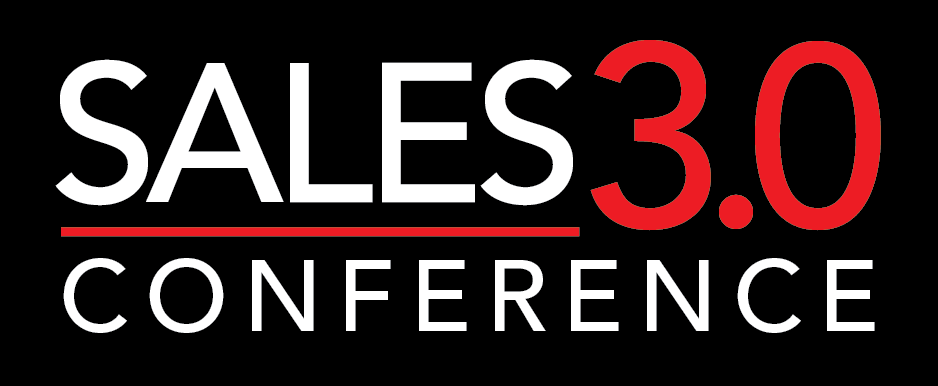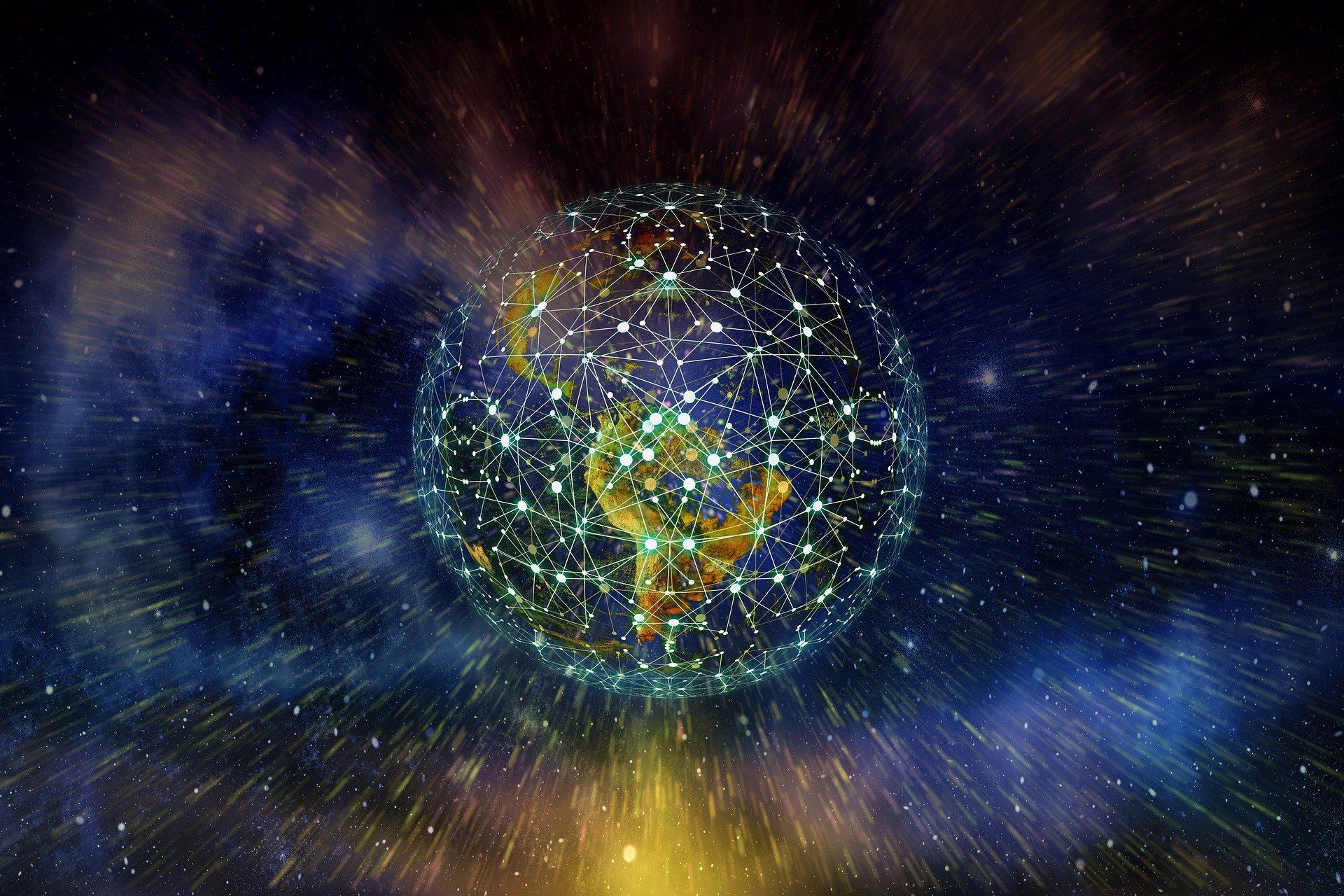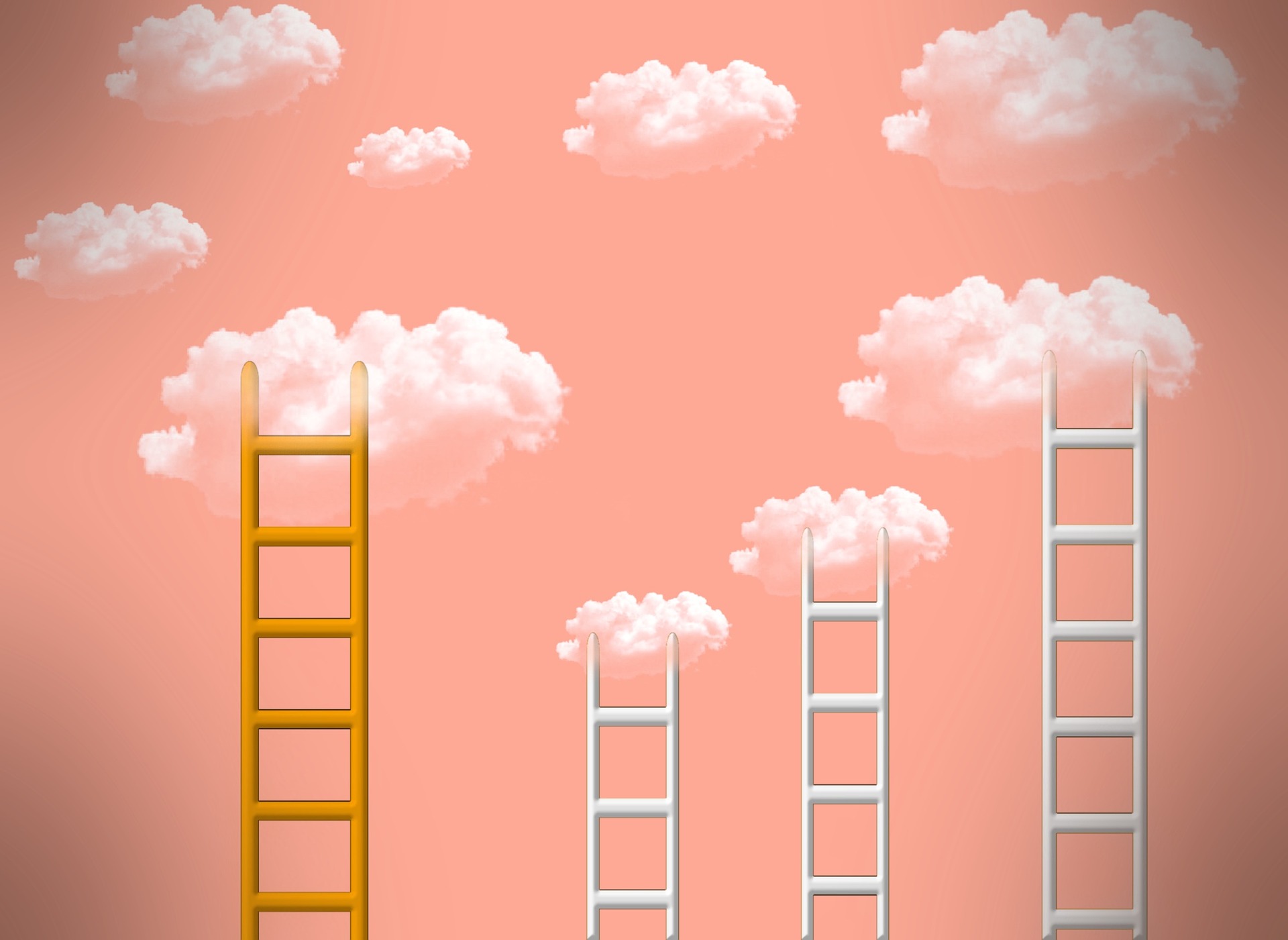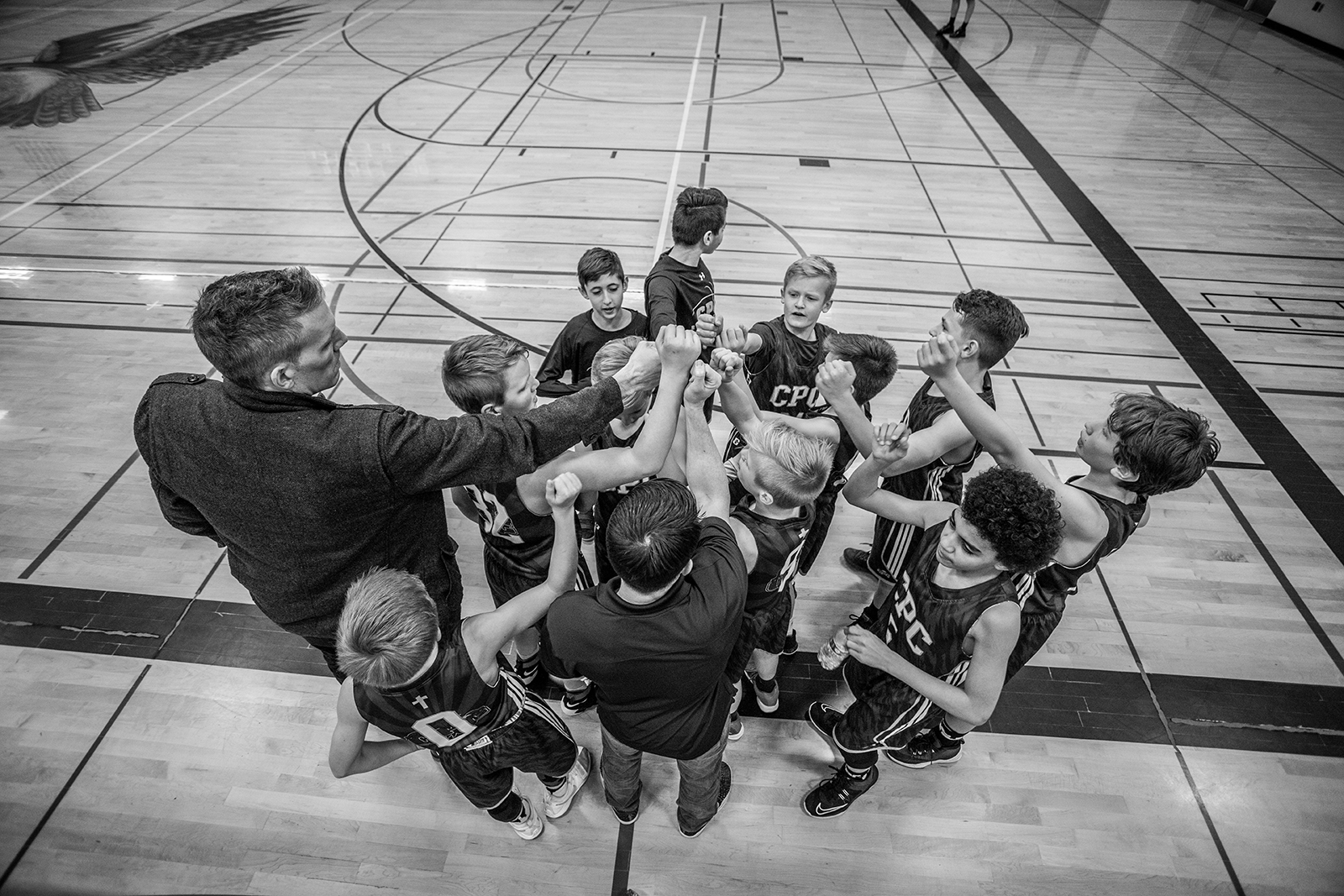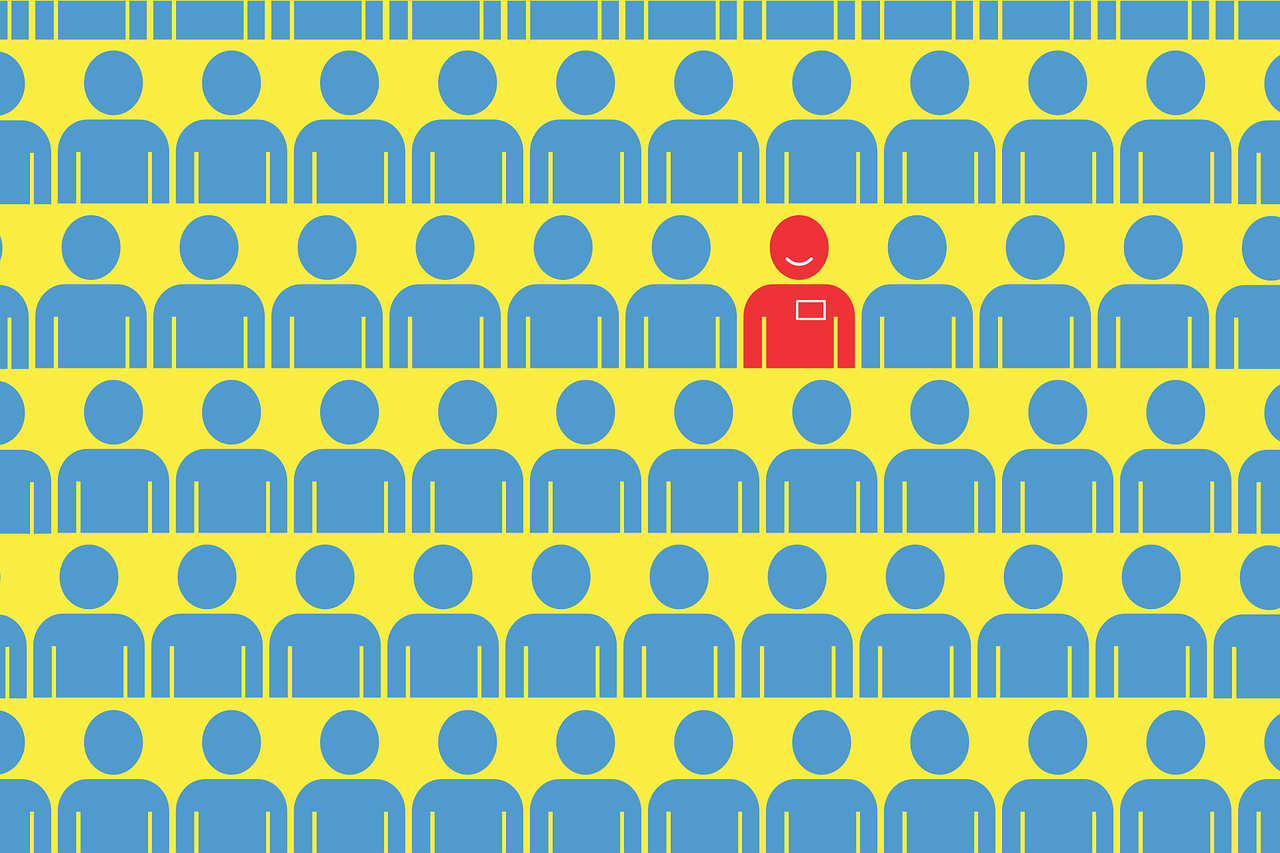Amid the COVID-19 pandemic, which is first and foremost a humanitarian crisis, the way companies buy and sell from each other now looks very different – perhaps permanently.
Although the full implications of the pandemic are far from certain, it’s already clear that the economic consequences are substantial. To thrive in the next normal, B2B companies will need to continue adapting to customers’ new expectations and the new economic reality.
Consequently, sales leaders need to adjust how their organizations sell in the face of these new customer habits and times of economic disruption. In many ways, the changes in customer behavior are an acceleration of digital trends that were already in progress before the pandemic hit – and have now reached an inflection point. Going forward, B2B sales force behaviors will look fundamentally different from what they were before the pandemic.
To actively monitor shifts and swings in both sentiment and behavior, McKinsey & Company conducted research in Spring 2020 of 3,600 B2B decision makers in 11 countries, including the U.S., for its B2B Decision Maker Pulse survey. Two trends seem clear – especially around how organizations are pivoting their commercial operations.
1. Fast-Tracked Migration to Digital
Already moving toward increased use of digital touchpoints before the pandemic, B2B companies are now taking the trend into overdrive. Coming into 2020, the number of channels/touchpoints B2B buyers use had increased 30 percent, from an average of 5.4 in 2016 to 7.2 in 2019, across both digital and traditional sales interactions (per the McKinsey & Company Omnichannel Sales Insights Surveys, 2016 and 2019). But, since the onset of COVID-19, survey respondents noted the importance of digital sales has doubled over traditional sales interactions.
No longer a “nice-to-have” feature, digital is now an essential means of doing business. Companies that provide their customers with outstanding digital experiences are twice as likely to be chosen as primary suppliers (compared to suppliers providing poor experiences). Further, digital self-service tools are increasingly attractive to B2B customers – with live chat the highest rated channel for researching suppliers, and mobile app ordering up by 250 percent over pre-COVID 19 levels.
2. Shift to Remote Selling
With so many sales professionals working from home, remote sales has quickly become the standard way of doing business. McKinsey’s survey found that 96 percent of U.S. B2B companies have shifted their go-to-market model, including more remote selling, in the wake of COVID-19 – with 65 percent of respondents believing their new sales model is at least as effective as before the pandemic. Survey respondents also suggest these new models may be here to stay, with 79 percent of U.S. respondents saying their business is either very or somewhat likely to sustain the new sales model 12+ months after COVID-19.
It is these signals that lead us to believe B2B sales are at a digital inflection point. The pandemic has accelerated previous trends – omnichannel selling, inside sales, tech-enabled selling, and e-commerce – and amplified the need to connect with customers remotely while still delivering exceptional experiences.
Next Steps for Your Business
To prepare for the new normal, sales leaders need a clear view of the types of interactions their customers want and what steps their company can take to address these needs. It’s clear that digital and remote will play key roles as traditional face-to-face interactions have given way to sales and service support by videoconference, Webinar, phone, human chatbot, and other means. However, even in this remote and digital world, there is still a crucial role for the human touch, as customers prioritize expertise-driven interactions and personalized messaging. The importance of making meaningful connections is something sales leaders should not forget as they move forward into a new reality.
You can gain more insights on this topic by downloading the full report, How B2B decision makers are responding to the coronavirus crisis.

Jennifer Stanley is a partner at McKinsey & Company. She specializes in go-to-market (GTM) transformations for B2B companies in a wide range of highly competitive industries, with particular emphasis on basic materials and OEMs.
